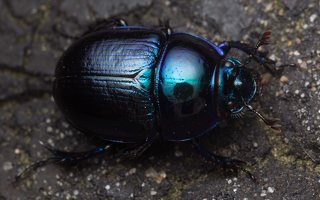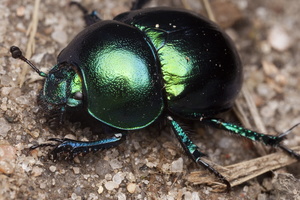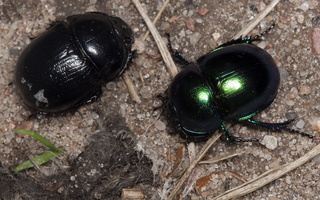- sort orderDefault
Photo title, A → Z
Photo title, Z → A
✔ Date created, new → old
Date created, old → new
Date posted, new → old
Date posted, old → new
Visits, high → low
Random - Google Map
- map
 home / Insecta · vabzdžiai / Coleoptera · vabalai / Geotrupidae · mėšlavabaliai
home / Insecta · vabzdžiai / Coleoptera · vabalai / Geotrupidae · mėšlavabaliai

-
 Anoplotrupes stercorosus · miškinis mėšlavabalis
Anoplotrupes stercorosus · miškinis mėšlavabalis
-
 Trypocopris vernalis · žvilgantysis mėšlavabalis
Trypocopris vernalis · žvilgantysis mėšlavabalis
-
 Anoplotrupes stercorosus, Trypocopris vernalis
Anoplotrupes stercorosus, Trypocopris vernalis
- earth-boring dung beetles
- Mistkäfer
- mėšlavabaliai
- mēslvaboļu dzimta
- gnojarzowate
ukbeetles.co.uk/geotrupidae Formerly Geotrupinae, subfamily of Scarabaeidae. The biology of the family is diverse although that of many species remains unknown; some adults do not feed but most species are coprophagous, mycetophagous or saprophagous and they generally pass most of their lives in burrows and so are seldom seen. Adults provision the burrows with food for the larvae, typically dung, vegetation, compost or fungi, but beyond this they display no parental care. In warmer regions there may be overlapping generations so that adults are present virtually year round; in some species the burrows have been found to contain adults, pupae, larvae and eggs simultaneously. In temperate regions the adults tend to overwinter in burrows and become active in the spring, with new generation adults in the autumn, so that there are 2 peaks of activity. Most species dig deep, vertical burrows (generally 15-200cm deep but burrows down to 3 metres have been recorded) which may be straight or branched; eggs are sometimes laid in the soil in side chambers or among the provisions directly and fecundity is known to be low in many species. Most species are common or abundant where they occur, and some dung feeders may swarm in large numbers, a reflection of the ephemeral nature of the food-source and of the competition, while some are solitary and others are semi-colonial. Most species are crepuscular or nocturnal and many are attracted to light although in temperate regions the adults also tend to be active in hot sunshine, and many will be found to be infested with phoretic mites. Some species are attracted to fermenting vegetation.